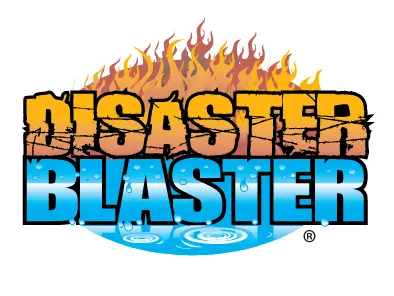Transcript
- What are common signs of winter storm damage? While most people think of hurricanes and tornadoes when they think of storm damage, winter storm damage caused by frigid temperatures, ice, and snow, can be devastating to your home as well. In fact, because winter weather can be so harsh on our homes, it's the most common season for you to experience property damage and insurance claims. Here are some common signs of winter storm damage that you can keep an eye out for. Roof and Siding Damage. Winter weather can cause significant damage to your roof and siding, including damage from hail, the weight of ice and snow, and roof leaks. But what can you look for? The easiest potential issues to spot are ice dams that may be forming along your roof edge or gutters. Ice dams are an accumulation of ice and snow that prevents rainwater and melted snow from running off the roof. Instead, this water pushes up underneath the roof shingles where it can leak into your home, causing water damage and mold growth. Another common issue during the winter is damage to roofs and roof structures as a result of the weight of ice and snow. Ice and snow can be extremely heavy, potentially creating a significant burden on your roof. This is particularly common for flat roofs and roofs with inadequate slopes. Damage to gutters and siding is also common and can allow water intrusion into your exterior walls where it can become trapped, cause interior water damage, and potential mold problems. Freezing Damage and Frozen Pipes. The frigid temperatures that often accompany the winter months can cause a variety of issues, including frozen pipes inside your home. This is most common in pipes that run through exterior walls or areas of the home that aren't climate controlled, such as basements, crawl spaces, and garages. These frozen pipes can cause significant water damage that often affects multiple rooms and even multiple floors inside your home and require a specialized team like Disaster Blaster to address properly and effectively. Frozen pipes can be avoided by adequately heating the space, applying products like heat tape to susceptible plumbing or, in a pinch, running the water at a trickle, as running water is less likely to freeze. Foundation Damage. Particularly common during rapid freeze and thaw events, winter weather can change the path the runoff takes along your foundation, potentially allowing water to enter your basement or even causing serious structural damage to your foundation walls. This may not look like significant damage right away, but foundation issues can worsen quickly, cause water intrusion that results in interior water damage or mold growth, or create indoor humidity problems. This is why it is so important to address these issues as quickly as possible. We hope this helped answer some questions about winter storm damage. Have you ever noticed winter storm damage to your property? We'd love to hear about it in the comments. Would you like to take control of your future and build a business you can be proud of? We can help. As a Disaster Blaster Franchise Partner, our industry experts will help you unlock the potential of the $210 billion restoration industry. Disaster Blaster offers the most revenue streams in the restoration industry, training and support from industry experts, a unique model primed for your success, and more! Call our franchise team today to learn more at 242-1042 or visit us on the web at www.DisasterBlasterFranchise.com. Thanks so much for watching. Don't forget to like and subscribe, and while you're here, check out our other great content.



